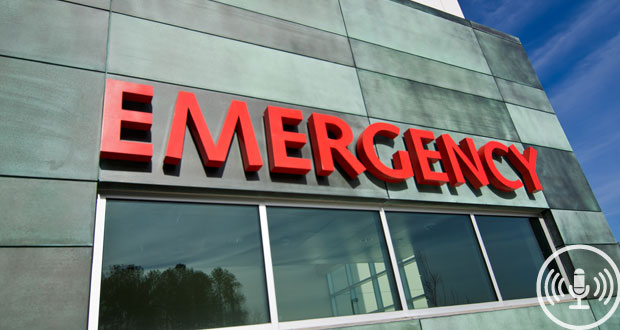Older patients are more likely to die if they wait more than four hours to be transferred to an in-patient hospital bed after receiving emergency care than people who waited less time.
That’s according to a three-year study that looked at the experiences of more than 13,000 patients aged over 50.
“Out of 13,600 admissions over a three-year period, we found that if patients spent more than four hours in ED after the in-patient bed was requested, they had a 51 per cent higher mortality [rate],” study author associate professor Drew Richardson of the Australian National University said. “That’s an alarming figure.”
Richardson said: “In emergency departments (EDs), we take in the most vulnerable patients first. But [the hospital in the study] is using different criteria to decide who should be moved from the ED to the main body of the hospital.
“The sicker patients with the more complex problems – who are almost always over 50 – are not being admitted into the hospital as soon as they should be to receive the care they need.”
Australasian College for Emergency Medicine president Dr Anthony Cross said the research adds to the body of evidence demonstrating the negative health impacts of access block.
“The likelihood of these findings being replicated in hospitals across Australia is high, which paints a concerning picture about the level of care over-50s can expect from our health system,” Cross said. “Older patients shouldn’t be put at risk simply because their more complex conditions require more resources.”
Do you have an idea for a story?Email [email protected]
 Aged Care Insite Australia's number one aged care news source
Aged Care Insite Australia's number one aged care news source

